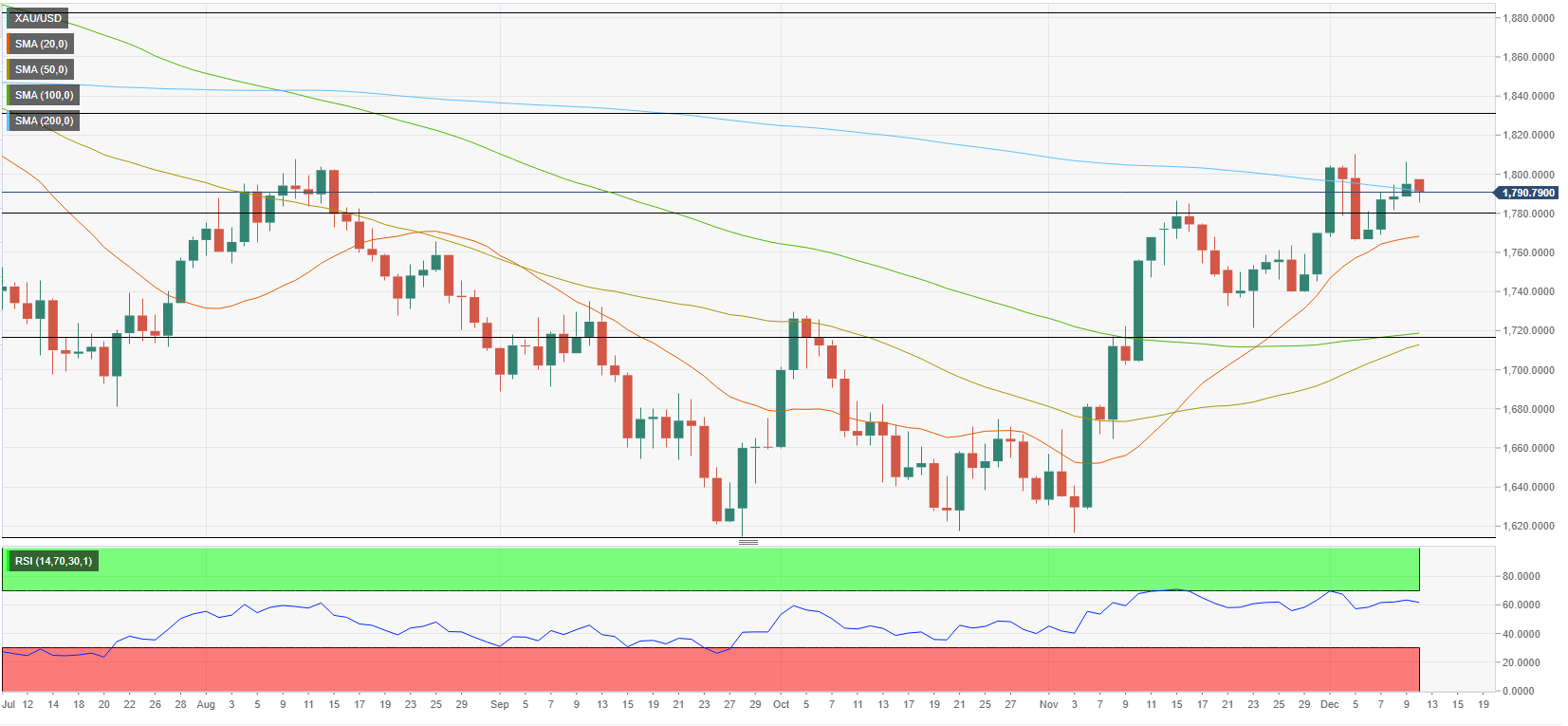- Annual CPI in the US is forecast to decline to 7.3% in November.
- Core CPI is expected to edge lower to 6.1% from 6.3%.
- A soft inflation report could feed into ‘Fed pivot’ narrative.
The US Bureau of Labor Statistics will release the Consumer Price Index (CPI) figures for November on Tuesday, December 13. The US Dollar has been having difficulty staying resilient against its rivals since mid-October. The inflation report ahead of the year’s last Federal Reserve policy meeting could significantly impact the currency’s valuation.
On a yearly basis, the CPI is forecast to decline to 7.3% and the Core CPI, which excludes volatile food and energy prices, is expected to edge lower to 6.1% from 6.3%. On a monthly basis, the Core CPI is projected to match October’s print of 0.3%.
The monthly Core CPI will likely be the figure that market participants will pay the most attention to because it will not be distorted by the base effect. Additionally, it will not reflect the more-than-6% decline witnessed in crude oil prices in October.
In case monthly Core CPI in October arrives at 0.5% or higher, investors are likely to reinstate their US Dollar longs with anticipation that this data could cause Fed policymakers to pencil down a higher-than-5% terminal rate even if they vote for a 50 basis points rate hike on Wednesday. On the other hand, a reading of 0.3% or lower should feed into the ‘Fed pivot’ narrative and trigger a US Dollar sell-off. Although FOMC Chairman Jerome Powell is likely to continue to push back against the market expectation for a policy reversal via rate cuts in 2023, a soft monthly CPI for the second straight month could revive optimism about inflation having peaked in the US. Hence, some policymakers could see lower inflation in 2023 in the Summary of Projections (SEP) and refrain from projecting a terminal rate of higher than 5%.
It’s worth noting that even if the US Dollar comes under renewed selling pressure on a weak CPI print, the Euro and Pound Sterling could struggle to capture the capital outflows amid uncertainties surrounding the European Central Bank (ECB) and the Bank of England’s (BoE) policy decisions, which will be announced on Thursday. In that scenario, Gold price could be the main beneficiary due to its inverse correlation with the benchmark 10-year US Treasury bond yield. USD/JPY could also show a strong reaction and fall sharply on growing expectations about the Bank of Japan (BoJ) finally looking to exit from its ultra-loose policy. On the flip side, a hot inflation report is likely to weigh heavily on both EUR/USD and GBP/USD.
Gold Price technical outlook
XAU/USD’s short-term technical outlook paints a bullish picture with the Relative Strength Index (RSI) on the daily chart holding comfortably above 50. The fact that the daily RSI also stays below 70 suggests that the pair has more room on the upside before turning technically overbought. Furthermore, the 200-day Simple Moving Average (SMA) stays intact at around $1,790, confirming sellers’ unwillingness to commit to an extended decline for the time being.
With a soft inflation report, Gold price could target $1,830 (Fibonacci 50% retracement of the long-term downtrend) and $1,860 (static level) next. On the other hand, $1,780 (Fibonacci 38.2% retracement) could be tested with a strong monthly Core CPI print before $1,770 (static level, 20-day SMA).






